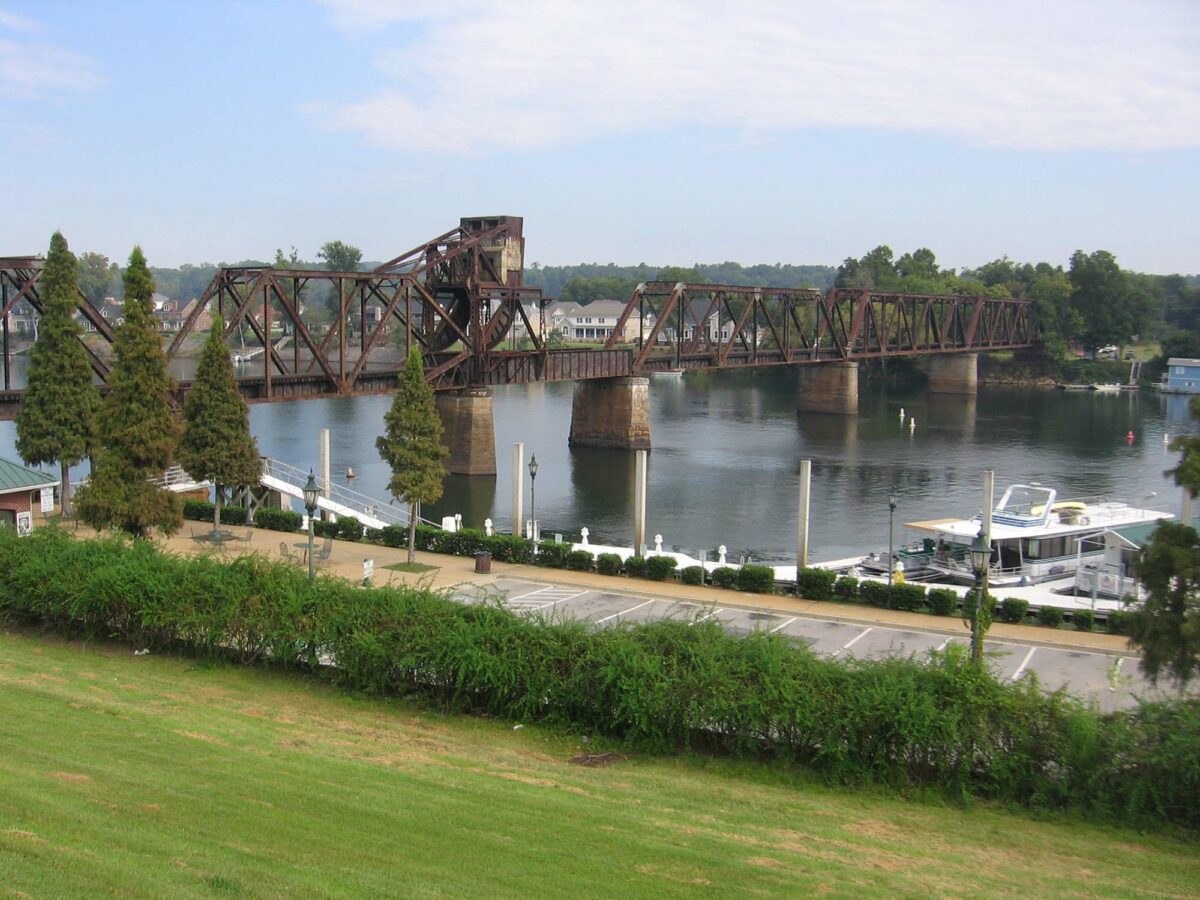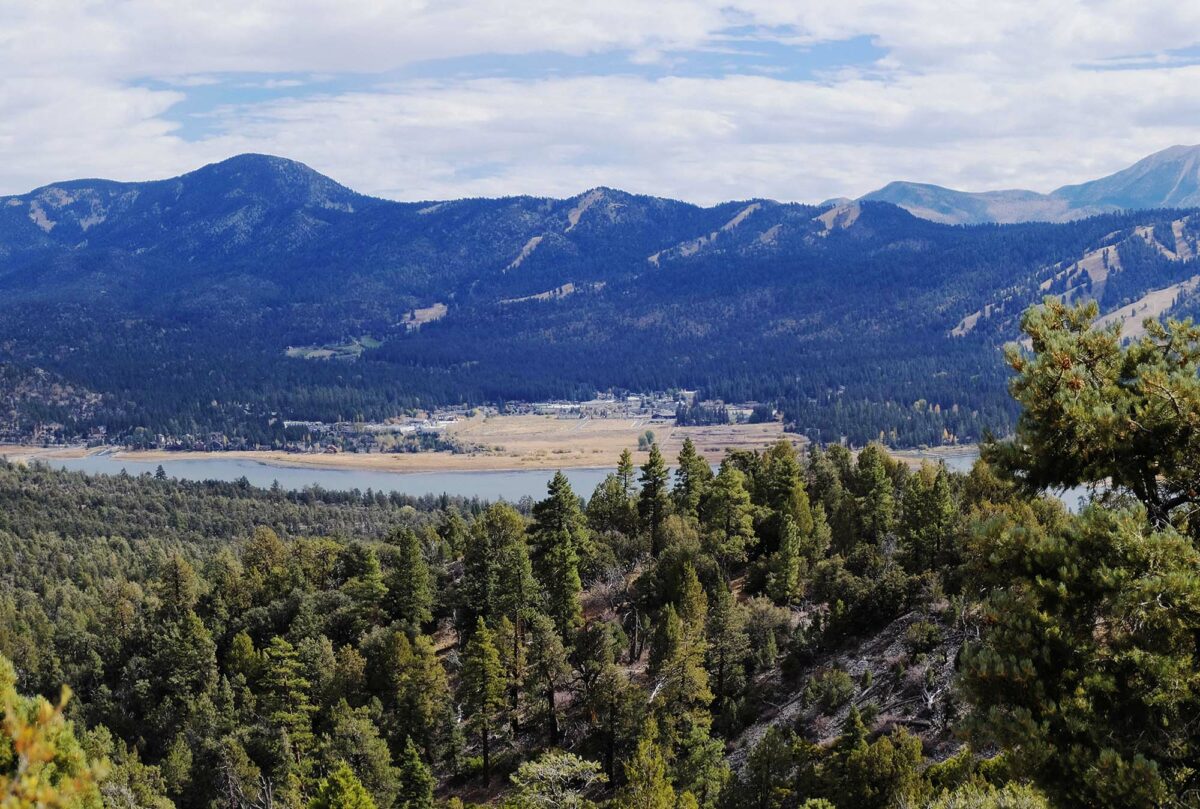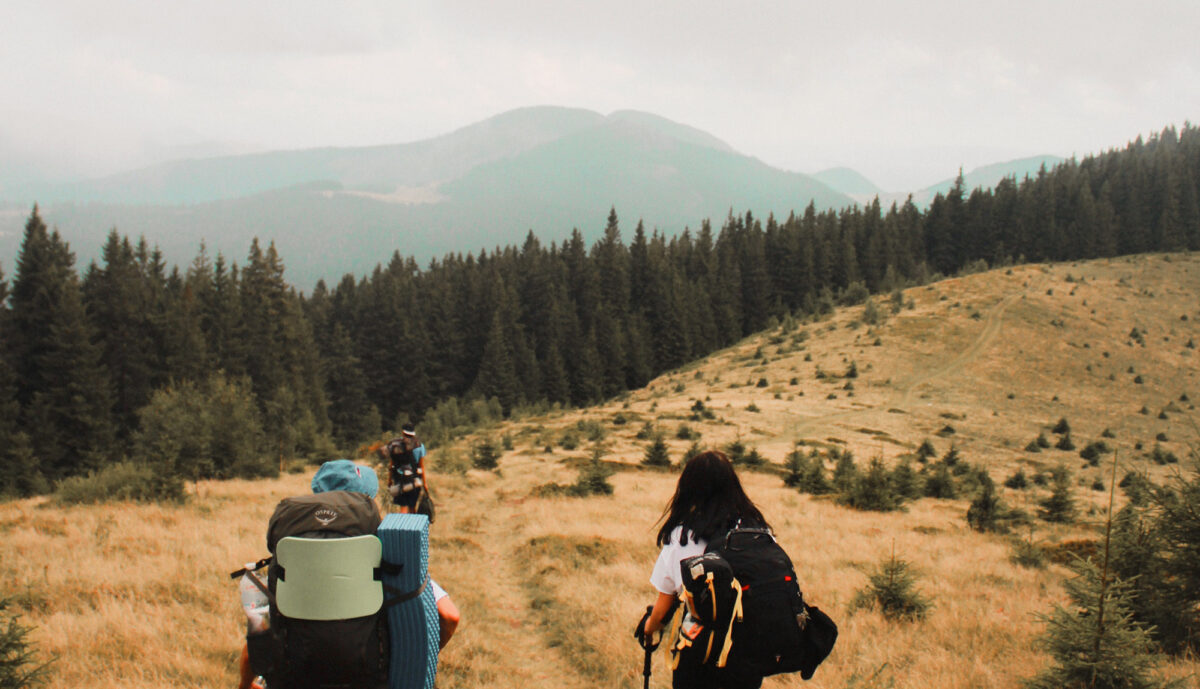Wild Diversity wants to see more members of BIPOC and LGBTQ2S+ communities outside, whether hiking a trail, paddling a canoe, or camping in the wilderness. Since its founding in 2017, the Portland, Oregon-based nonprofit has tackled an outstanding number of initiatives and programs, including youth summer camps and group adventures for adults. The organization has also trained guides representative of the communities it serves.
Founder Mercy M’fon talked to Outdoors Wire about the need for Wild Diversity, its accomplishments so far, and its dreams for the future.
Note: This interview has been edited for length and clarity.
RELATED: Here’s how Spacious Skies Campgrounds welcome diverse campers

Outdoors Wire: Tell us briefly why you started developing Wild Diversity.
M’fon: We started because we wanted to support the BIPOC and LGBTQ community. They were facing a lot of political actions against them. And we know that outdoors provides healing, helps people reset, helps relax, and brings people joy. And I wanted to really be a part of facilitating that for our community.
So we started in 2017. We did this gear drive to get gear so we can run the adventures. It became such a central part of the work we do in helping get people out accessibly. They don’t have to spend hundreds of dollars on gear. They can just join us on one of our activities, see if they like it, and not worry about anything else.
We do adventures in Oregon and Washington. Our organization does a wide variety of adventures because we want people to find their own personal love language in the outdoors.

Outdoors Wire: What obstacles may discourage people in your communities from getting into outdoor adventure?
M’fon: Similar to a lot of people, the outdoors can just be really scary, first and foremost. There’s the gear, there’s the cost, there’s the community, there’s the knowledge and education about going outside and being safe outdoors. For the communities that we serve, they also face things like intimidation, people threatening them. Assault. They face violence outdoors just for existing sometimes. So, it can be really challenging.
We like to go outside as a community. We definitely provide all the education. We’re not just taking people on adventures. For example, if we went on a backpacking trip, we’re teaching them how to properly pack and fit their backpack. Teaching them how to cook, do the critter hang, and even to use the bathroom outdoors, which makes people nervous, too. So we really like to provide them with enough information that they feel comfortable going out on their own or with friends or family. And that’s our goal as a part of these beautiful community experiences is increasing their confidence and competence outdoors.

Outdoors Wire: It looks like you’ve gathered a large number of diverse guides. How did you find each other?
M’fon: I really like to believe that all these guides found us. In the outdoor industry, you see many organizations say, “We can’t find anyone, we can’t find anyone.” It was always the reoccurring narrative around why they didn’t have diverse guides and diverse representation in the organization.
We put a call out every year for guides. And, some years, we get close to 100 applications of people wanting to join our program. And I think it’s just like there’s people in the community out there that says like, “Yes, I want to support this community. I want to bring joy and access and comfort to this community.” And really just believing and buying into our mission and the work that we’re doing.
The thing about having a guide development program is that you get people who say, “Hey, I might not be a professional who’s been doing this for years and years, but I’m willing to learn how to show up for our community and be outdoors.” I think that is a big step that creates more openness to it. If we’re looking at an industry that doesn’t have a lot of diversity, and we’re asking for diversity that doesn’t exist — are we creating the stair steps for that diversity to exist and to thrive?

Outdoors Wire: How do you choose from all those guide applications?
M’fon: We look at the applications as a team. For us, the most important thing is “would I want to be on a trip with this person who’s applying?” It’s a lot about personality. I can teach them the camp craft skills, I can teach them the risk management. But are they going to be the person that spending a weekend with them, you’re like, “I want to get out in the outdoors again? I had such a fulfilling time.” And that is the number one thing we’re looking for with our guide program.

Outdoors Wire: What can hikers of any background do to try to support other hikers’ comfort outdoors?
M’fon: When we think about creating welcoming spaces in the outdoors, I think a smile and a hello goes a long way. I’ve heard people say, “I go up to every BIPOC person and I shake their hand.” And I’m like, that could kind of be awkward. It’s like targeting in a different way. The person’s very well-meaning, but it can be uncomfortable when somebody’s giving you this attention that you’re not sure about. So I would just say a smile and a hello goes a long way.
And work on being judgment-free. Not everybody who goes outdoors has the high-end gear or even knows what they’re doing out there. But they’re trying their best. If we can show them empathy and compassion for their situation and not judge them that they’re not at the level we’re at, I think that’s really huge.

Outdoors Wire: What have you learned in this work that has surprised you?
M’fon: I don’t know if I was in a pessimistic place or if I was just unsure, but I thought it would be something that would be like some youth in the future will have an easier time in the outdoors because of the work we’re doing today. And then we started programming. And the surprising part was that I and our team and all the guides we worked with over the years, we’re making an impact today. With the events that we do, with the representation that we support, with the opportunities and the access we provide. It is not some far off into the future thing that’s going to be the change maker. It is every single thing that our team is doing today, right now, to bring this joy and access to our community.




